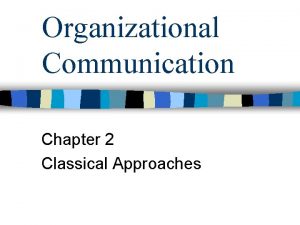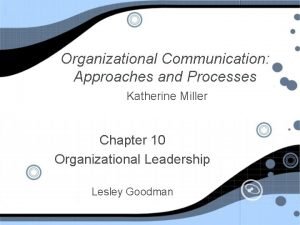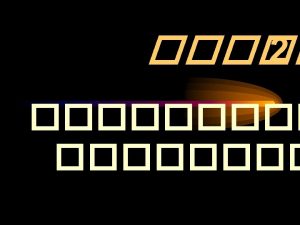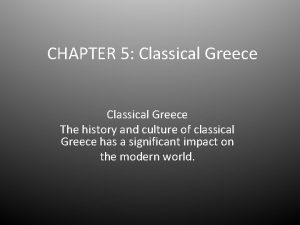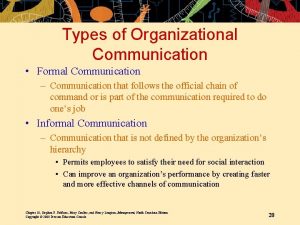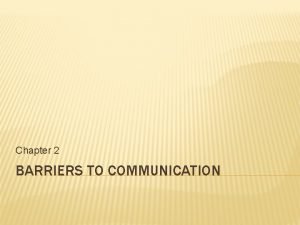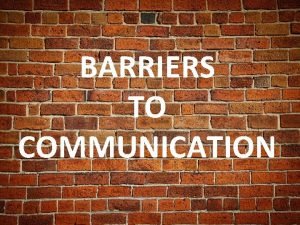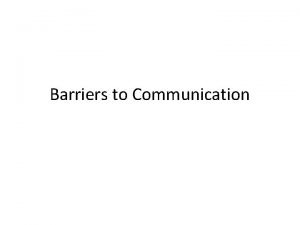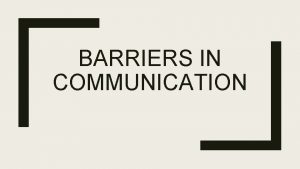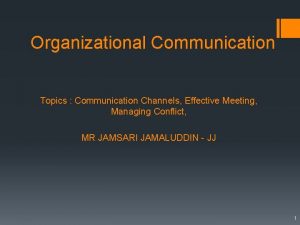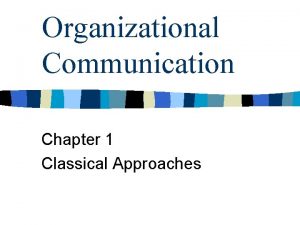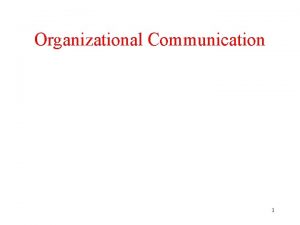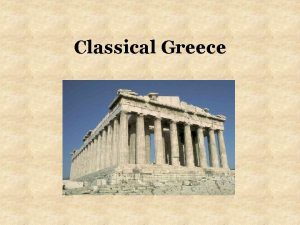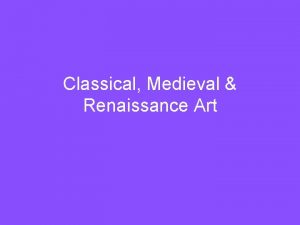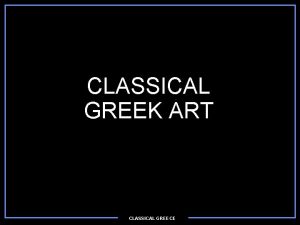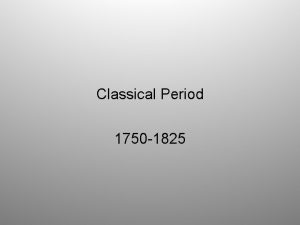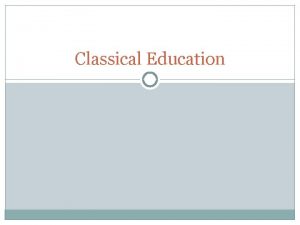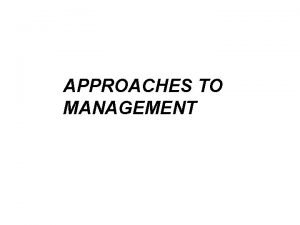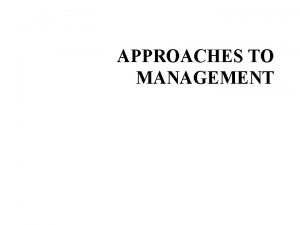Organizational Communication Chapter 2 Classical Approaches Organizational Communication














- Slides: 14

Organizational Communication Chapter 2 Classical Approaches

Organizational Communication: In the beginning. . . A considerable part of what we today deem organizational communication research is an attempt to explain how a large number of humans can function together as a machine. n It is not surprising then that the organization as machine metaphor has given rise to several organizational communication theories. n

Machine Metaphor n An organization is like a machine b/c its: – Specialization • Everyone has a special role – Standardization • Very replaceable – Predictability

The Classical Organization n Modern Times-Charlie Chaplin n (Part One) n Modern Times-Charlie Chaplin n (Part Two)

Fayol’s Theory of Classical Management n Elements of management (What? ) – Planning – Organizing – Commanding – Coordination – Control

Fayol’s Theory of Classical Management n Principles of management (How? ) – Organizational structure • Scalar chain • Unity of command • Unity of direction • Division of labor • Span of control – Organizational power – Organizational reward – Organizational attitude

Examples of Organizational Charts n n n http: //www. usdoj. gov/dojorg. htm http: //www. mitsue. co. jp/english/company/char t. html http: //www. fema. gov/pdf/about/org_chart. pdf http: //www. wacom. co. jp/english/corporate/outl ine_diagram. html http: //www. louisville. edu/athletics/Organizatio nal_Chart-U_of_L_Athletics. htm http: //www. martinfowler. com/apsupp/account ability. pdf#search=%22 Organizational%20 Hie rarchies%22

Examples of Organizational Charts

Examples of Organizational Charts

Weber’s Theory of Bureaucracy n Closed system n Driven by rational and legal authority n Centralized power and control n Clearly established hierarchy n Void of emotions n 6 facets of bureaucracy

Taylor’s Theory of Scientific Management n Focus on micro-level of organizational function n Prescriptive n Relational focus – Worker to worker/worker to boss n Motivation – Uneven work – Systematic soldiering

Taylor’s Theory of Scientific Management n Four tennets – One best way to do a job – Proper selection of workers for a job – Proper training – Division of labor between manager & workers

Communication in a Classical Organization This theoretical approach impacts organizational communication several ways: n 1. The communication content within a classic management organization is taskbased (maintenance) n 2. The direction of communication within a classic management organization is mainly downward. n 3. Written communication is the pervasive channel for communicating. n 4. The style of communication is formal and distant.

Remember n Machine Metaphor n Fayol’s Theory of Classical Management n Weber’s Theory of Bureaucracy n Taylor’s Theory of Scientific Management
 Classical model of communication
Classical model of communication Katherine miller organizational communication
Katherine miller organizational communication Classical approaches to management
Classical approaches to management Neo classical organizational theory
Neo classical organizational theory Chapter 5 classical greece
Chapter 5 classical greece Horizontal communication
Horizontal communication Differing background in communication
Differing background in communication Psychology barriers of communication
Psychology barriers of communication What are the organizational barriers to communication
What are the organizational barriers to communication Factors causing language barriers
Factors causing language barriers Interpersonal and organizational communication
Interpersonal and organizational communication Organizational communication topics
Organizational communication topics Fundamentals of organizational communication 9th edition
Fundamentals of organizational communication 9th edition Fundamentals of organizational communication 9th edition
Fundamentals of organizational communication 9th edition Characteristics of organizational communication
Characteristics of organizational communication
